Olympus E-410
-
-
Written by Gordon Laing
Olympus E-410 vs Canon EOS 400D / XTi real-life noise
Olympus E-410 Noise Filter comparison
The Olympus E-410 offers four different Noise Filter settings: Off, Low, Standard and High. Standard is the default setting, so that’s what we’ve used in the comparisons against the Canon EOS 400D / XTi above. To see how the E-410 handles the same subject matter with different Noise Filter settings though, we shot the same scene as above using each of them – and at each ISO – and presented 100% crops below.
As you’d expect, evidence of noise speckles are higher with the lower Noise Filter settings, and detail becomes more smeared-out at the higher Noise Filter settings. No surprise there, but we’d say Olympus has probably gone for a bit too much noise reduction for its default setting. There’s lots more detail visible with the Noise Filter set to Low and little additional noise to worry about – this would be our preferred setting for JPEGs processed in-camera. That said, if we were reducing noise with software later, we’d argue the first vertical column of crops with the Noise Filter Off are actually the best starting point in terms of maximum detail captured.
Note: one final observation is the E-410 does not appear to double its actual sensitivity when the ISO value is doubled. Our exposure at 100 ISO for both the E-410 and Canon 400D / XTi samples was 1/250; therefore the exposures at 200, 400, 800 and 1600 ISO should have been 1/500, 1/1000, 1/2000 and 1/4000 respectively. These were indeed the exposures for the Canon, but instead the E-410 increased its exposures by slightly smaller steps: at 200, 400, 800 and 1600 ISO, it metered 1/400, 1/640, 1/1250 and 1/2500 respectively. So while the jump from 400 to 800 ISO and 800 to 1600 ISO did show a halving of the shutter speed, the differences between 100 and 200 ISO and 200 to 400 ISO are closer to 2/3EV. We don’t see this as a fault in the E-410’s metering, as the image brightness appears consistent across the ISO range, but just don’t assume doubling the ISO will consistently halve your shutter speed.
Olympus E-410 Noise Filter: Off |
Olympus E-410 Noise Filter: Low |
Olympus E-410 Noise Filter: Standard |
Olympus E-410 Noise Filter: High | |||
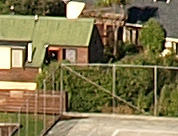 |
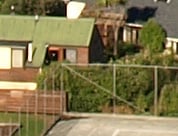 |
 |
 | |||
100 ISO |
100 ISO |
100 ISO |
100 ISO | |||
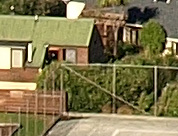 |
 |
 |
 | |||
200 ISO |
200 ISO |
200 ISO |
200 ISO | |||
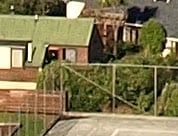 |
 |
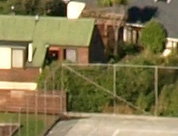 |
 | |||
400 ISO |
400 ISO |
400 ISO |
400 ISO | |||
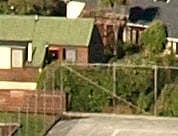 |
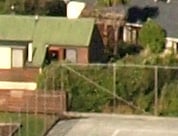 |
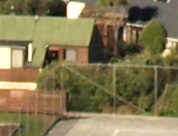 |
 | |||
800 ISO |
800 ISO |
800 ISO |
800 ISO | |||
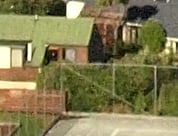 |
 |
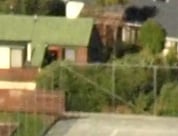 |
 | |||
1600 ISO |
1600 ISO |
1600 ISO |
1600 ISO |
Olympus E-410 results
Outdoor / Resolution / Noise / Noise 2
| Support this site by shopping via these links | |||||
 | To compare noise levels under real-life conditions we shot this scene using the Olympus E-410 and Canon 400D / XTi at each of their ISO sensitivities and using their best quality JPEG settings. The samples were taken moments apart. Each camera was fitted with their respective kit lenses: the Olympus ZD 14-42mm and Canon EF-S 18-55mm. The 400D / XTi captures a wider 3:2 frame, but the focal length of each lens was adjusted to deliver the same vertical field of view. As a result the E-410 crops have a slight resolution advantage vertically and therefore show correspondingly smaller areas. |
The image above was taken with the Olympus E-410 at 24mm f8, with a sensitivity of 100 ISO; the original SHQ JPEG measured 6.52MB. The Canon 400D / XTi images were taken with matching exposures and its 100 ISO sample measured 3.48MB. The crops are taken from an area just below and to the left of the centre. The E-410 crops show a slightly smaller area because it has a slightly higher vertical resolution. The E-410 was also set to its default Noise Reduction settings, with the Noise Filter set to Standard. Between 100 and 400 ISO, the Olympus E-410 delivers good, clean results with little or no noise or noise reduction artefacts. Like most DSLRs, the big drop in quality occurs at 800 ISO, where the E-410 exhibits much higher noise reduction and smearing of ultimate detail as a result. The 1600 ISO result looks quite fuzzy and has lost a lot of detail. In contrast, the Canon 400D / XTi applies less noise reduction, so as a consequence keeps hold of its fine detail at higher sensitivities, if at the cost of visible noise speckles. We’d sooner have this approach though as at least the detail isn’t lost forever. Interestingly this default approach by the E-410 is quite different to its predecessor, which wasn’t afraid to turn down the noise reduction to maintain detail. See our Olympus E-400 results for more details. Luckily though the E-410 features four different Noise Filter settings, two of which deliver less aggressive noise reduction – and we have samples of them lower down this page. |
Olympus E-410 Using ZD 14-42mm |
Canon EOS 400D / Rebel XTi Using EF-S 18-55mm | |
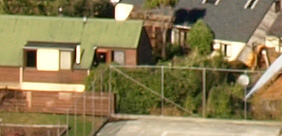 |
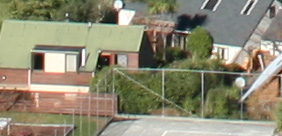 | |
100 ISO |
100 ISO | |
 |
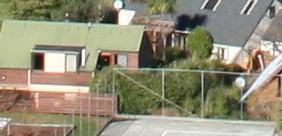 | |
200 ISO |
200 ISO | |
 |
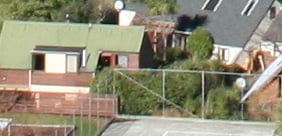 | |
400 ISO |
400 ISO | |
 |
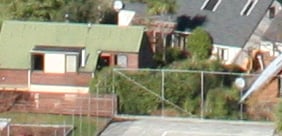 | |
800 ISO |
800 ISO | |
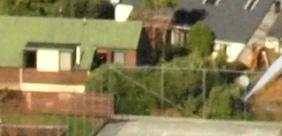 |
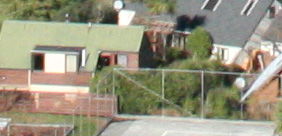 | |
1600 ISO |
1600 ISO |




